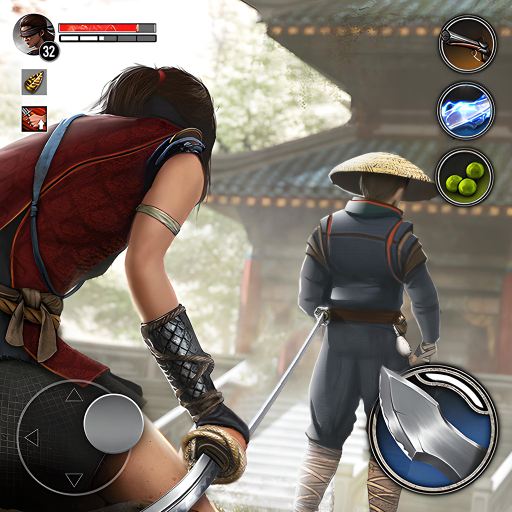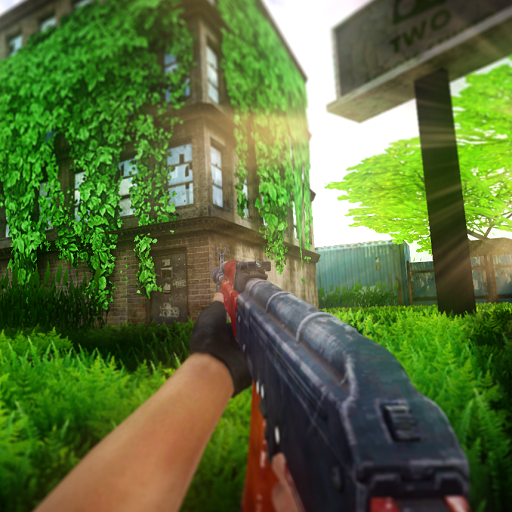Want to play the Legend of the Great Age of Sail well? Shipbuilding is naturally a very important aspect. Today, I'll bring you a guide on how to operate shipbuilding in the Legend of the Great Age of Sail. The shipbuilding system can be said to be one of the core gameplay elements, directly affecting trade efficiency and combat strength. However, it involves a lot of different aspects, so many new players may feel at a loss. So, let's get to know more about it!
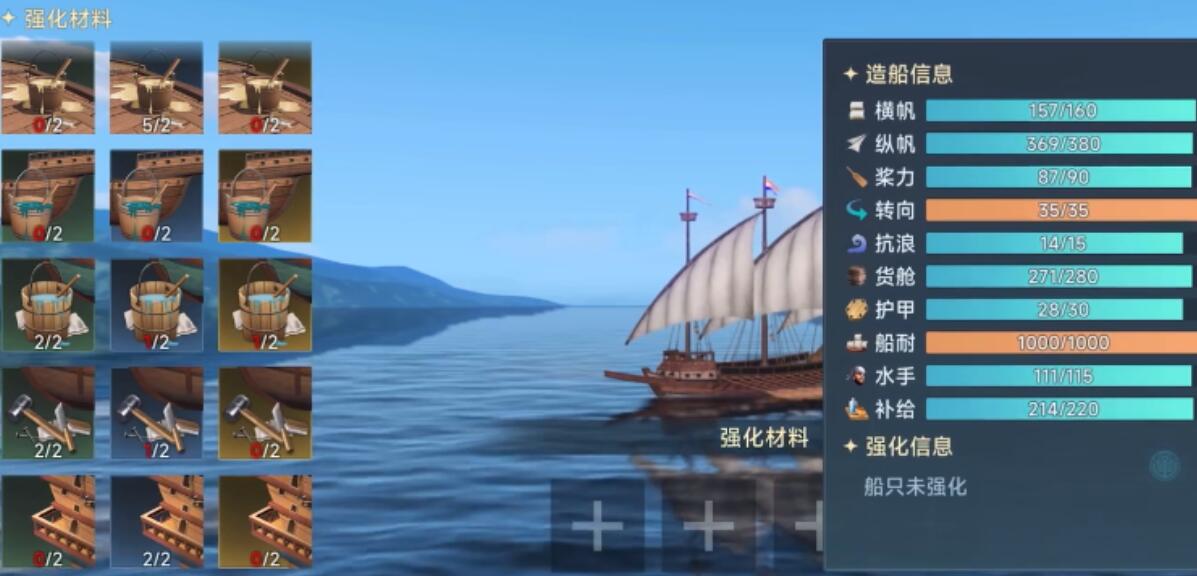
In fact, the rational use of materials, ship type selection, and resources are key for no-spend players to quickly level up their shipbuilding. In the game, ships are divided into Eastern and Western technology lines, with materials classified into three categories: 5-6 grade, 7-8 grade, and 9-10 grade. New players can initially obtain 5-6 grade basic materials in the Mediterranean area, which should be prioritized for building Eastern line ship types, as their blueprints can be purchased directly from the store and have strong versatility. For 7-8 grade materials, it is recommended to focus on building the Western 7th-grade adventure ship (I recommend the Caterpillar), which combines speed and cargo capacity, and can be quickly resold for red diamonds once complete. For 9-10 grade materials, skip the transitional ship types and focus on building the Western 10th-grade merchant ship, which, although slower, has balanced cargo capacity and combat attributes, suitable for long-term use.
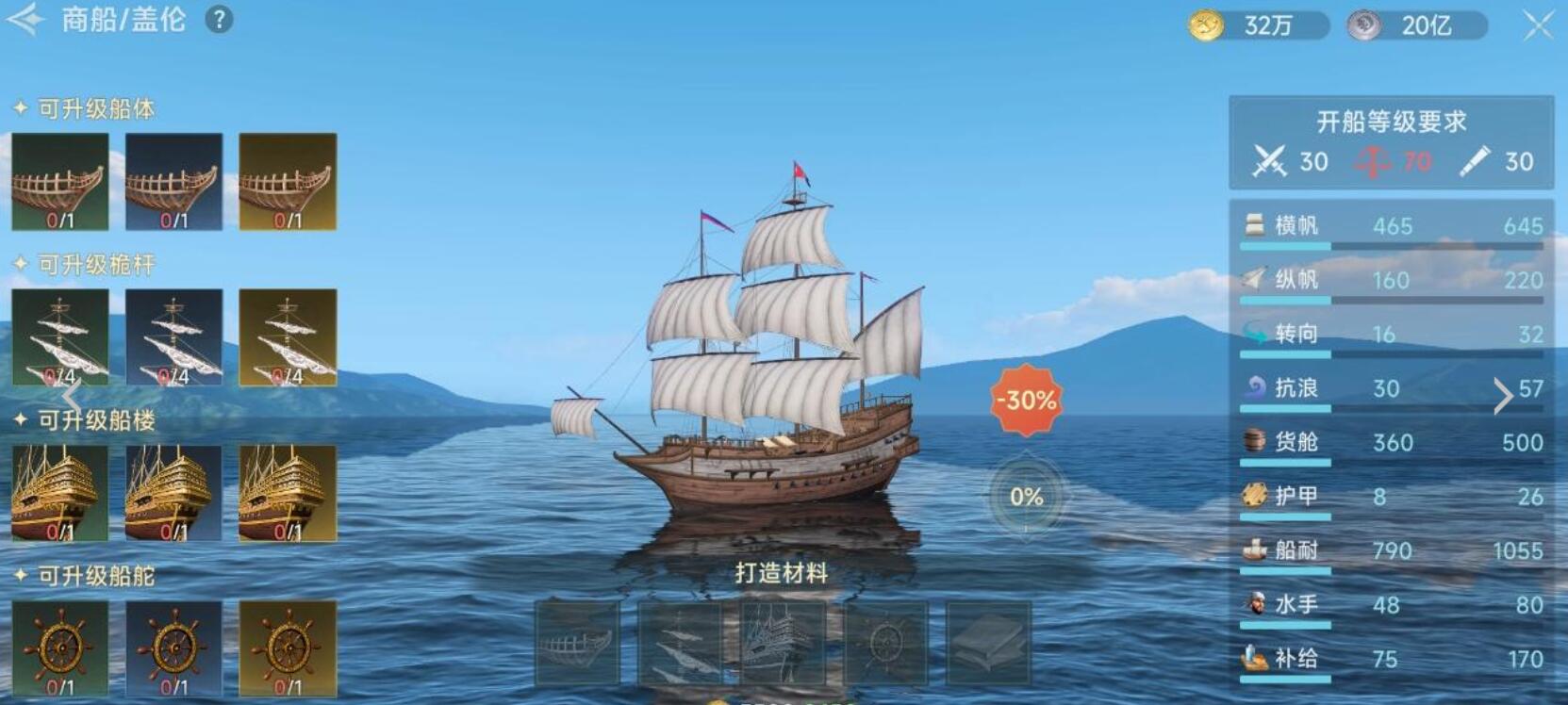
No-spend players are advised to prioritize building 5-6 grade adventure ships of the Eastern line, using the general blueprints from the store to quickly form the first fleet, improving exploration and trade efficiency. For the initial stages of the Western line, 6th-grade adventure ships are recommended, as they have low material requirements and easily obtainable blueprints, allowing for dual-line development when paired with Eastern line ships during the transition period. Avoid wasting resources on 8-9 grade ship types; instead, accumulate materials directly for the 10th-grade ship. In terms of priority, craft skills should be upgraded first, used for making ship parts, while casting skills are for enhancing cannons and armor. Resource allocation should follow the principle of short-distance trade supporting shipbuilding, using the Lisbon-London wine route to quickly accumulate gold, then using the gold to sweep scarce materials from the black market.

In the early stages, each ship needs to be leveled up to 20 to gain maximum experience, with priority given to choosing unconstructed ship types to trigger double experience bonuses. When materials are insufficient, repeatedly build lower-tier ships (such as the 5th-grade Golden Sampan) to both gain experience and reserve materials for later super evolution. In the mid-to-late stages, shift to high-value ship types to utilize their S-grade cargo capacity to increase trade profits, directly feeding back into shipbuilding resources. The shipbuilding route needs to be adjusted according to the version environment; the current version emphasizes Western line ship types, and it is suggested to unlock the Mayflower or Dutch Bean first.
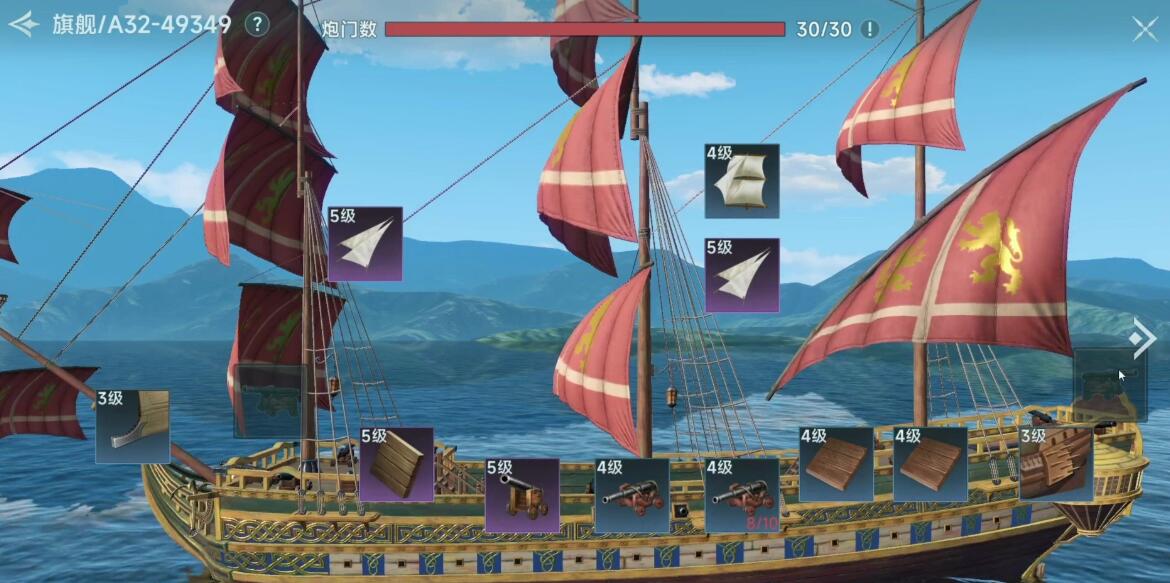
The shipbuilding system in the Legend of the Great Age of Sail mainly divides strength through material tiers and ship type differences. As long as everyone follows the points introduced by me, you will definitely be able to efficiently build a powerful fleet in a short time.










